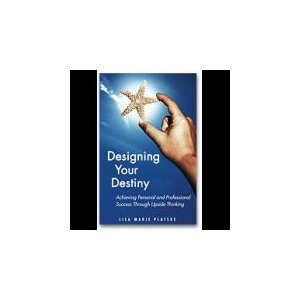Managing Corporate Lifecycles
The premier authority on organizational transformation takes hisclassic work to the next level, showing managers how to prevent acompany from falling into a period of decline.
For three decades,Ichak Adizes, Ph.D., has studied the patterns of organizational growthand changes in businesses worldwide, from Bank of America to Domino'sPizza to small start-ups. In his breakthrough book CorporateLifecycles, Dr. Adizes traced the typical corporate path from inceptionto decline. Now, in this long-awaited follow-up, he guides companies onthe optimal path--and reveals how to sustain peak vitality.
Courtship, Infancy, the heady Go-Go years, and turbulent Adolescence.These are the stages every company goes through to reach what Dr.Adizes calls PRIME--the ideal stage of balanced creativity anddiscipline. At every stage, he shows how to anticipate and handle"normal" problems--whether with goal setting or managingemployees--then quickly move on and up. Once in the PRIME stage, theauthor presents proactive measures for maintaining focus and vision,nurturing cohesion, and achieving "predictable excellence." He alsooffers strategies for avoiding the typical downhill path--starting withthe Signs of Aging, such as risk avoidance; moving on to Aristocracy,where power and protocol dominate; and culminating in the final stagesof decay: Recrimination, Bureaucracy, and Death.
Easing the pains of growing, MANAGING CORPORATE LIFECYCLES opens the way for every organization to thrive--indefinitely.
Book Trailer
http://www.youtube.com/watch?v=USYbMRq0ymgThe Story Behind This Book
In this book, I present the theory of organizational lifecycles and the principles for leading organizational change that I have developed and practiced over the past thirty years. This theory and these principles allow us to discriminate normal from abnormal problems in organizations and to apply the appropriate interventions that lead organizations to their Prime condition. Both the theory and principles explain why organizations grow, age, and die and what to do about it. They describe and analyze the usual path organizations take as they grow and the optimal path they should take to avoid the typical problems of aging.















